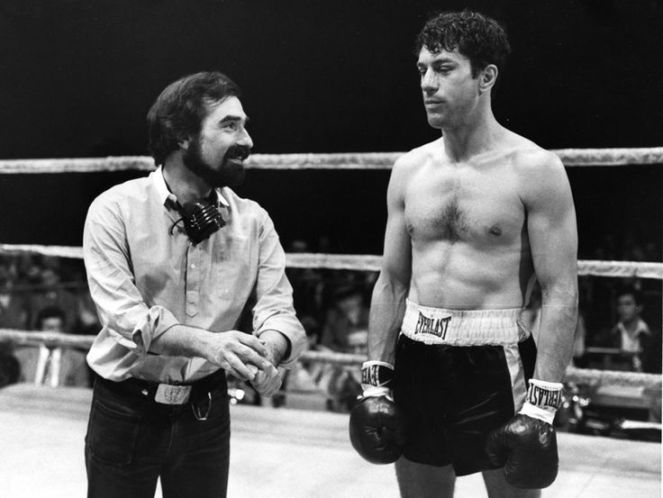A Close Shave is a 1995 Wallace and Gromit short film directed by Nick Park. This film follows a quest narrative structure. Every film is likely to contain various character archetypes and this film in particular the main characters are Gromit as the hero, Wallace as the ally, Wendoline is a shape shifter and Preston is the shadow.
The audience is fed the exposition in a breakfast scene where it is established that Gromit, the dog is the more rational individual between him and Wallace. The two individuals’ career is also established as we find out that they are window cleaners with Wallace having aspirations of being an inventor. The audience is eventually introduced to Wendoline where It then could be assumed that she was intended to be Wallace’s love interest. Wendoline’s back story is told and it is told that her father was once an inventor just like Wallace, giving these two characters something in common. In the fictional world of Wallace and Gromit, animals are seen to be sentient beings and Wendoline’s dog Preston’s intentions are motivations are initially unclear but at a major turning point in the film, where Gromit gets framed for Preston’s actions and ends up in prison. It is revealed at this moment that Preston is the Shadow and therefore the antagonist of the story.
The narrative follows a linear structure as we are not shown any flashbacks or flash forwards and we experience the story as how the characters were. The first turning point of the film happens in the opening scenes. We witness Shaun, a sheep escape. This Is significant as without this particular event taking place the plot of the film would not have taken place. It can be debated as to whether Shaun is a Macguffin as his character has little to no impact on the events of the film but still would further the plot.
In my opinion, the Wallace and Gromit films are unique in the sense that even though there are humans, the plot is driven by Gromit, an animal. Throughout A Close Shave, Gromit’s decisions like searching Wendoline’s shop furthers the plot. The film is also almost entirely told from his perspective apart from a couple scenes where we follow Preston instead. There is a twist that takes place at the conclusion of the film where it is revealed that Preston was actually a robot. This fact is withheld throughout the film which creates tension and suspense. There is closure that comes from the epilogue of the film. Preston is turned into a harmless robot controlled by remote and the side plot of Wallace’s pursuit of Wendoline is also put to halt as a piece of dialogue reveals that Wendoline does not like cheese, much to Wallace’s horror.





